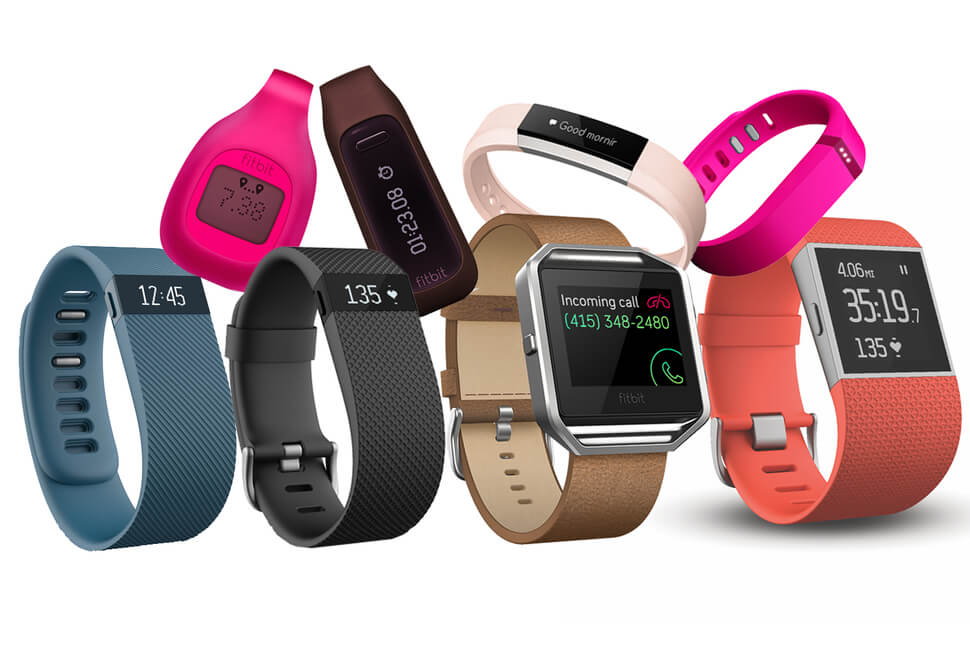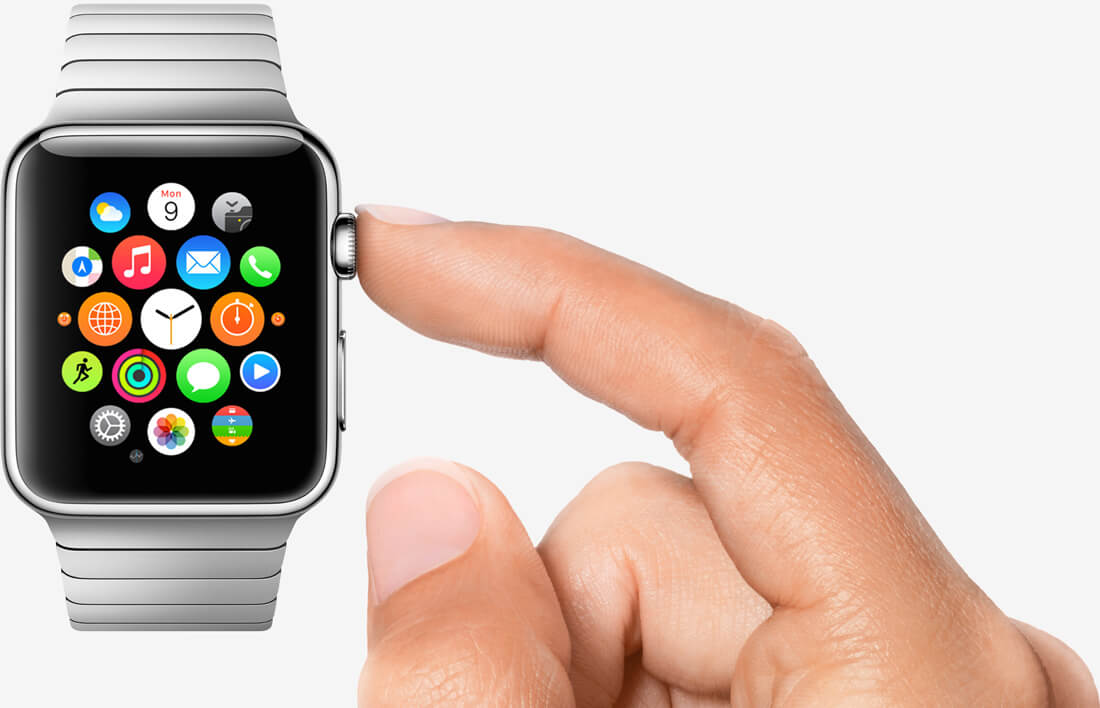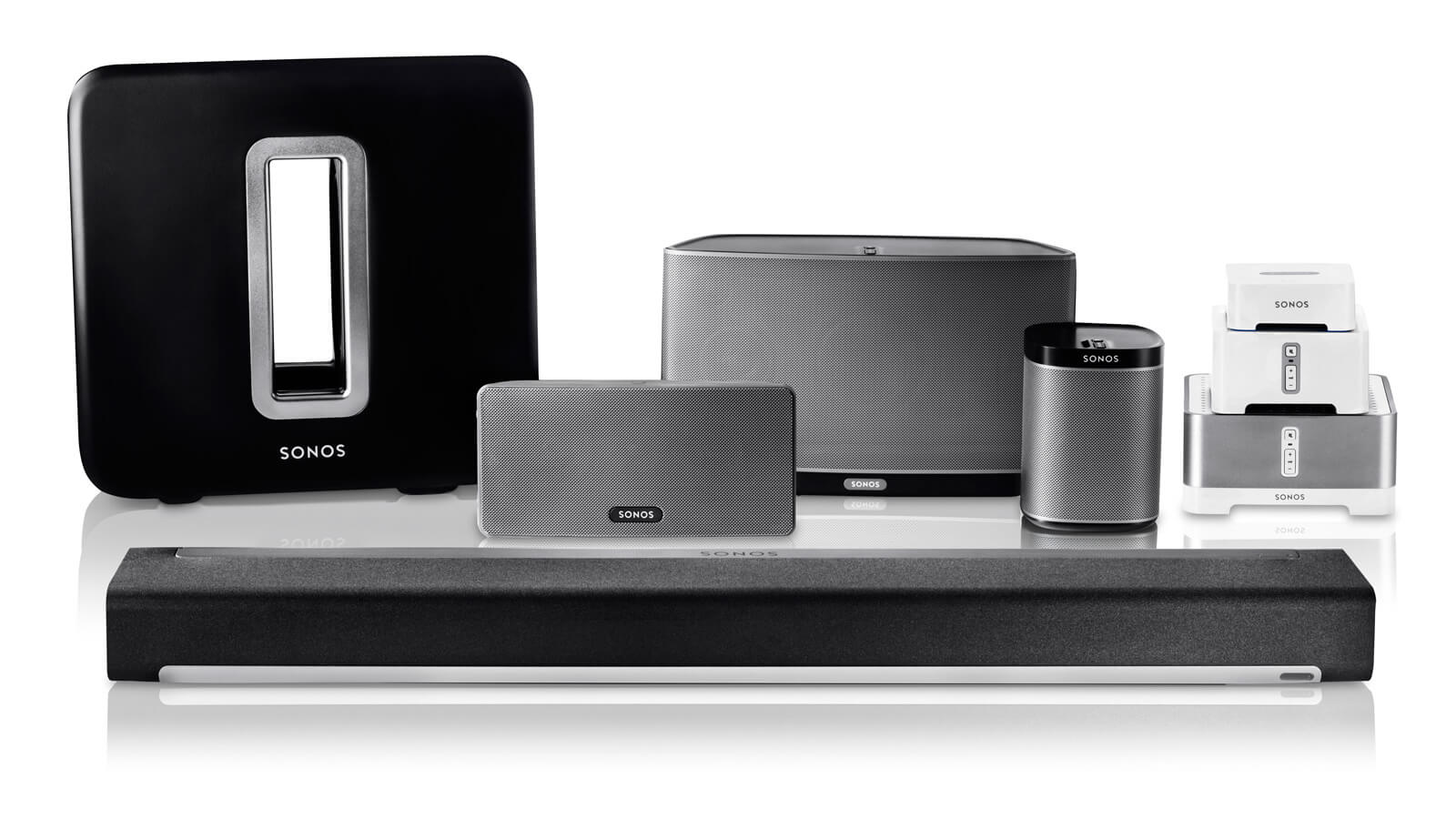Why it matters: Smartphones and laptops have narrowly escaped increased taxes in the United States, but now consumer electronics are about to be hit with a 10 percent tariff that could raise prices on thousands of products. Larger companies such as Apple can easily handle the changes, but smaller businesses may have difficultly finding ways to manage the increased costs.
As the United States continues to battle China in a trade war, several consumer tech companies are on a list to be hit with 10 percent tariffs. Apple, Sonos, and Fitbit all have devices manufactured in China that are classified as data transmission machines which have been slated for additional tariffs effective in the fall.
Products such as speakers with AI assistants, smart watches, and activity trackers may all be subject to import duties. Due to product classifications used for tariffs, smartphones and laptops are still exempt from additional taxes.

So far, Apple's only product to be affected is the Apple Watch. Fitbit will be subject to new taxes on its Charge, Charge HR, and Surge fitness trackers. Sonos will face increases on the Play:3, Play:5, and Sub speaker.
None of the companies have offered any comment on the matter at this time. Since Sonos is seeking to go public, a regulatory filing includes comments relating to tariffs. Sonos states that tariffs and other trade restrictions "could require us to raise the prices of our products and harm our sales."

Out of the three companies in question, Apple holds the best position. Customers shopping for an Apple Watch are unlikely to be price-sensitive shoppers. Sheer volume of sales also leaves plenty of room for Apple to absorb any cost increases much more easily. Together, Sonos and Fitbit only generated $2.6 billion in revenue. Apple will bring in just under $10 billion this year from the Apple Watch alone.
Even though a 10 percent increase in product cost could be extremely detrimental to Sonos and Fitbit, there is still plenty of time for changes to be made. Any business can request reclassification of their products by demonstrating a different category is a better description of a product. New product models with minor changes can also be launched to ensure a change of product classification by the US Customs and Border Patrol.
Lastly, companies can also seek an exemption from tariffs during the public commentary period or ask for an exclusion once new tariffs are actually effective. In the current state of affairs, any option could be a difficult and costly endeavor.
